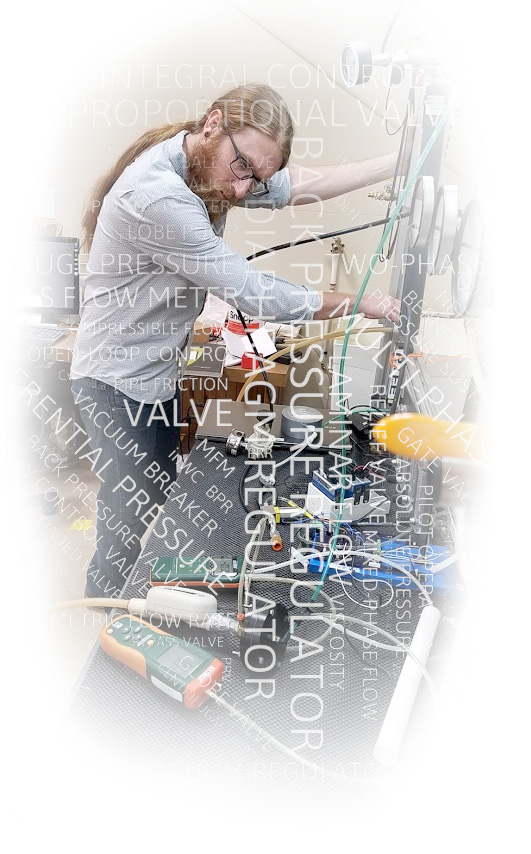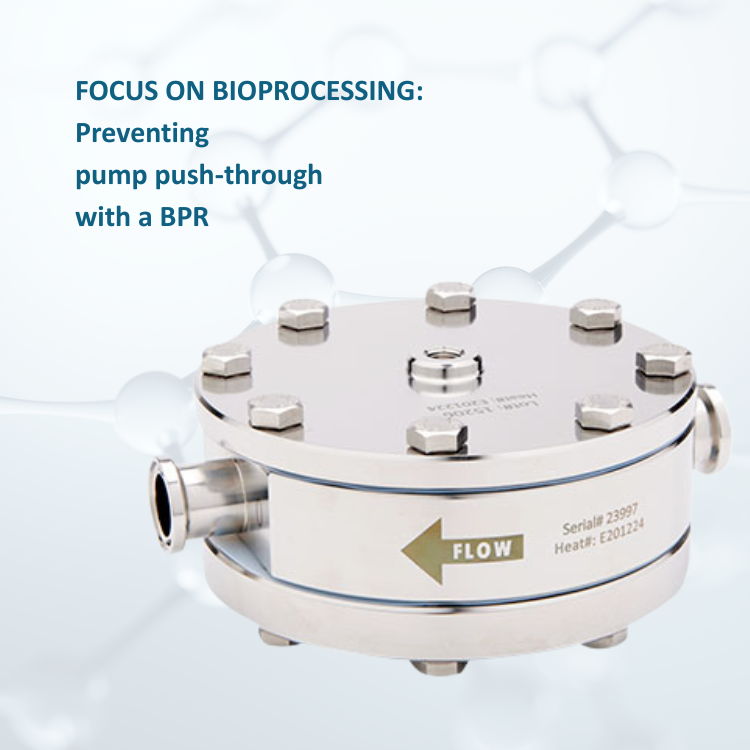A relief valve is a valve used to enable the escape of steam or other fluid in cases of excessive pressure. By allowing some of the steam or fluid out, the build-up of pressure is reduced and explosions or other catastrophes are prevented.
Back Pressure Regulators (BPRs) work similarly to relief valves but a BPR emphasizes steady state pressure control instead of on/off actuation.



